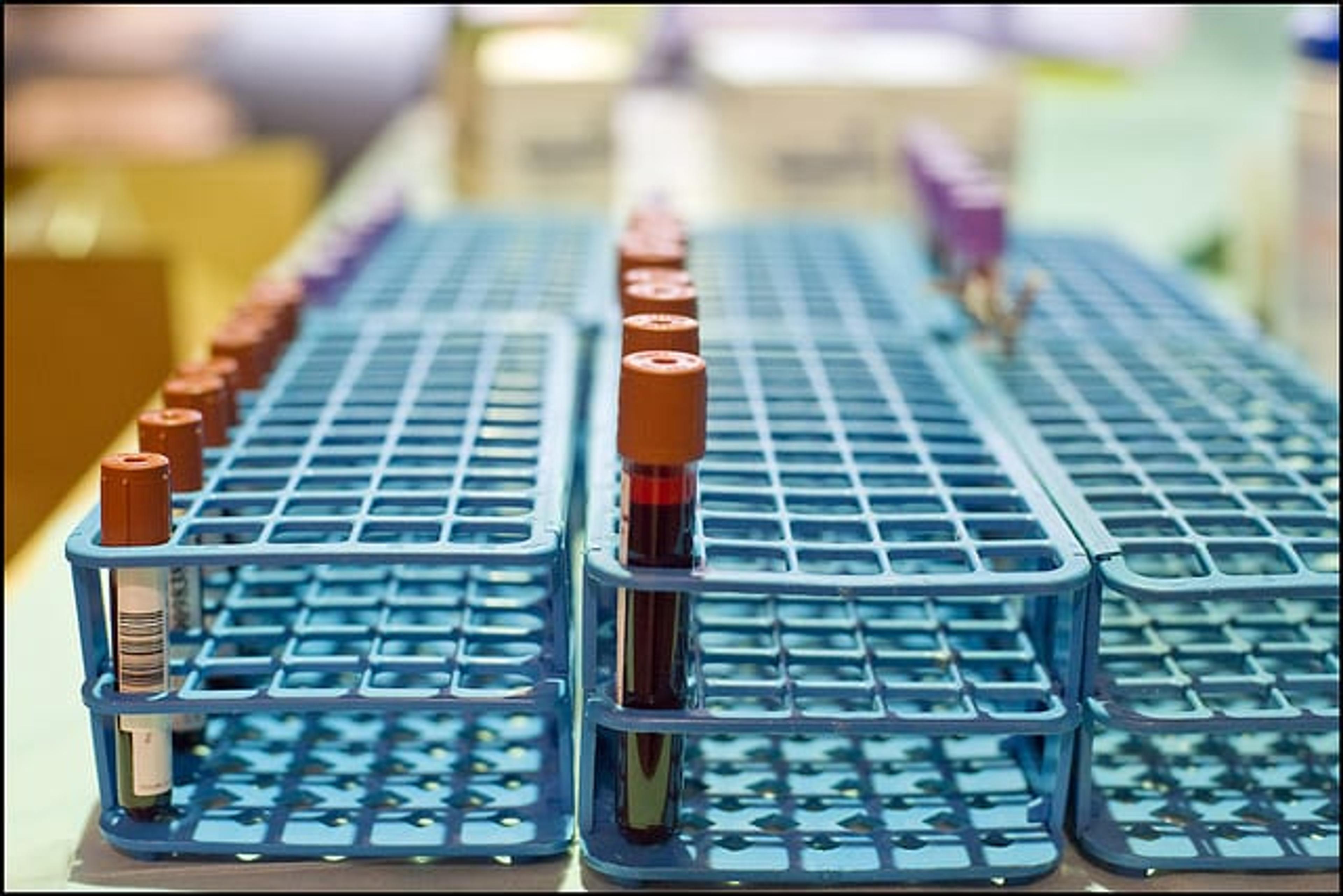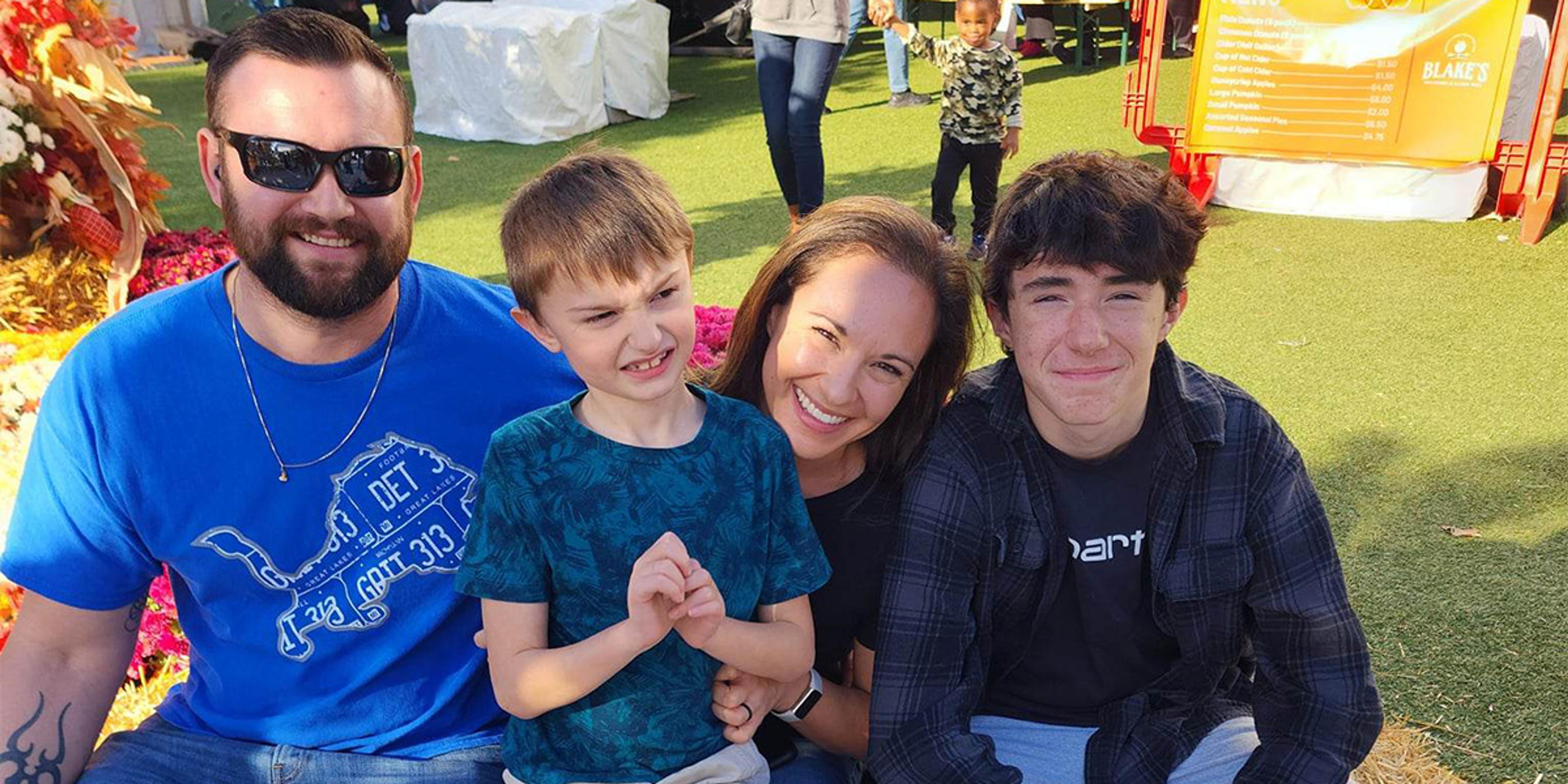Help Diversify the Blood Supply and Raise Sickle Cell Awareness this Saturday in Grand Rapids
Julie Bitely
| 4 min read

Chronically ill patients who need blood transfusions are less likely to have a negative reaction to blood donated by someone within their own ethnic group. “It’s vital that the blood supply reflect the diversity of the community,” said Wendy DeWeerd, Michigan Blood Donor Relations Specialist. This Saturday, September 27, Michigan Blood will partner with Blue Cross Blue Shield of Michigan and other organizations to host the second annual “I’ll Be There … To Save a Life” community event from 9 a.m. to 1 p.m. at Ottawa Hills High School in Grand Rapids. The goal is to diversify the blood supply and bone marrow registry. A walk for sickle cell awareness is new this year. Educational sessions will address walking, hypertension, and kidney disease. Wellness screenings and healthy eating tips will also be available, as well as healthcare reform and marketplace information from BCBSM. There will be activities for the kids, including a chance to meet and shoot hoops with some of the players from the Grand Rapids Cyclones. Nationwide, less than two percent of the African American population donates blood. Only three to five percent of the general population donates on a regular basis. Plus, African Americans only make up seven percent of the bone marrow registry. DeWeerd said for patients who routinely need blood transfusions or bone marrow, such as those with sickle cell, getting blood from someone of their own ethnicity can make a big difference in quality of care and recovery. “It kind of goes hand in hand with sickle cell,” DeWeerd said. “Patients suffering from sickle cell may need bone marrow or a stem cell transplant. That’s why we’re having the bone marrow registration there. It’s critical to find someone who matches exactly.” Flora Beene is organizing the “Break the Sickle Cell Cycle” walk. A retired health educator, she said many people in the community are misinformed when it comes to sickle cell. She said a lot of people think it’s been eradicated or that it’s only something African Americans have to worry about. Sickle cell disease is an inherited blood disorder that may require frequent blood transfusions. Sickle cell causes red blood cells, normally disc-shaped, to become sickle-shaped. This makes it harder for red cells to flow smoothly through blood vessels, resulting in problems that may include impaired circulation, anemia, infections, strokes, potential organ damage and pain. Patients suffering from sickle cell may need a bone marrow or stem cell transplant to help cure the disease. According to the U.S. National Library of Medicine, sickle cell disease is most common among people whose ancestors come from Africa; Mediterranean countries such as Greece, Turkey, and Italy; the Arabian Peninsula; India; and Spanish-speaking regions in South America, Central America, and parts of the Caribbean. Sickle cell disease is the most common inherited blood disorder in the United States, occurring in 1 in 500 African Americans and 1 in 1,000 to 1,400 Hispanic Americans. “It’s genetic, but you only know you have the disease if you get tested,” Beene said. She said parents who both carry the trait for sickle cell have a one in four chance of having a child born with the disease. Starting the walk was her way of raising awareness about the disease in the local community. The ties to blood and bone marrow donation are obvious, Beene said. “Patients need blood transfusions and bone marrow,” she said. If you want to donate, sign up to be on the registry, or walk, here’s what you need to know: To donate blood: Visit miblood.org or call 1-866 MIBLOOD to schedule an appointment. Walk-ins are also welcome. You have to be 17 or older (or 16 with parental consent), and weigh at least 110 pounds. Blood donors should bring a photo ID or two forms of non-photo ID. You’ll be asked if you take any medications and if so, what the dosage is, as well as whether you’ve traveled outside the country. Expect the process to take 45 to 60 minutes, although actual donation time is only 10-15 minutes. Eat a big meal before you go and make sure you’re hydrated. Those who attempt to donate blood will receive a free t-shirt. To join the registry: You must be between the ages of 18 and 44. You’ll have to fill out a health questionnaire and provide a cheek swab. Costs normally associated with joining the registry are waived for those of diverse ethnic backgrounds. To walk: Registration begins at 8:30 a.m. and the walk begins at 9:15 a.m. Participants will walk from the high school to the track, circling for two miles or a half hour, whichever comes first. Still on the fence? Check out these stories from Michigan Blood that highlight the need and the real people who rely on donors like you.





